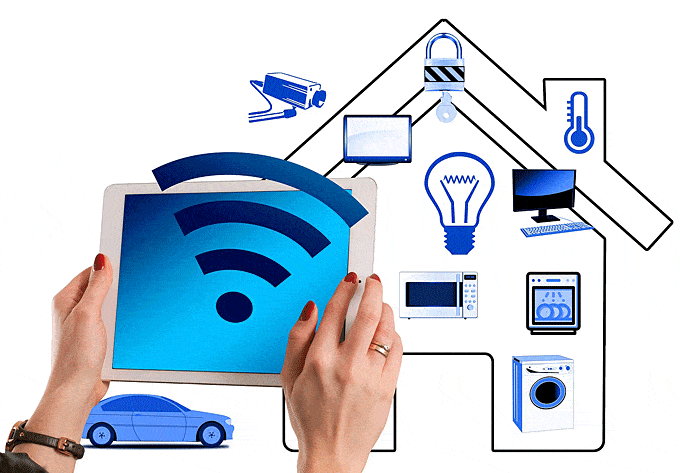words Al Woods
High call volumes can be a significant challenge for medical practices. Patients need quick responses, and any delay can impact their experience and the overall efficiency of the practice. One effective solution is the use of a medical virtual receptionist. These professionals, working remotely, help manage calls, schedule appointments, and handle administrative tasks, providing a seamless experience for both patients and medical staff.
The Growing Challenge of High Call Volumes
Medical practices are often inundated with calls. These can range from appointment bookings, prescription refill requests, and inquiries about medical records to urgent health concerns. Managing these calls efficiently is crucial for several reasons:
- Patient Satisfaction – Quick and effective call handling ensures patients feel valued and cared for.
- Operational Efficiency – Streamlining call management frees up in-house staff to focus on patient care and other critical tasks.
- Revenue Cycle Management – Efficient scheduling and communication can reduce no-shows and improve the overall revenue cycle.
What is a Medical Virtual Receptionist?
A medical virtual receptionist is a trained professional who works remotely to handle calls and other administrative tasks for medical practices. Unlike automated systems, these are real people who provide a personal touch, understanding patient needs and offering appropriate assistance.
Benefits of a Medical Virtual Receptionist
1. Enhanced Patient Experience
A friendly and professional virtual receptionist ensures that every patient interaction is positive. They can provide immediate responses, schedule appointments, and address concerns, reducing patient wait times and enhancing satisfaction.
2. Cost Efficiency
Hiring a full-time, in-house receptionist can be expensive. A virtual receptionist offers a cost-effective solution by providing the same services remotely, often at a lower cost. This allows medical practices to allocate resources more efficiently.
3. Flexibility and Scalability
Virtual receptionists can be available outside of typical office hours, providing flexibility and ensuring that patient calls are answered promptly. This is particularly beneficial for practices that experience peak call times outside of regular hours.
4. Improved Efficiency
By managing calls and handling administrative tasks, virtual receptionists free up medical staff to focus on patient care. This improves overall efficiency within the practice and ensures that patients receive the attention they need.
How a Medical Virtual Receptionist Works
1. Initial Setup
The first step in integrating a medical virtual receptionist is the initial setup. This involves:
- Understanding Practice Needs – Assessing the specific requirements of the medical practice, including call volume, peak times, and the types of calls typically received.
- Technology Integration – Ensuring that the virtual receptionist has access to the necessary systems, such as scheduling software, electronic health records (EHR), and communication tools.
- Training – Providing training to the virtual receptionist on the practice’s protocols, procedures, and patient communication standards.
2. Call Management
Once set up, the virtual receptionist handles various call management tasks, including:
- Appointment Scheduling – Booking, rescheduling, and canceling appointments according to the practice’s guidelines.
- Patient Inquiries – Addressing questions related to office hours, location, and basic medical information.
- Urgent Calls – Triaging urgent calls and ensuring they are directed to the appropriate medical staff promptly.
3. Administrative Support
In addition to call management, virtual receptionists can assist with various administrative tasks such as:
- Patient Reminders – Sending appointment reminders to reduce no-shows.
- Billing Support – Assisting with billing inquiries and payment processing.
- Record Management – Updating patient records and ensuring accurate documentation.
Best Practices for Implementing a Medical Virtual Receptionist
To maximize the benefits of a medical virtual receptionist, consider the following best practices:
1. Clear Communication
Ensure that there is clear communication between the virtual receptionist and the in-house team. Regular meetings and updates help keep everyone on the same page and address any issues promptly.
2. Ongoing Training
Provide ongoing training to the virtual receptionist to keep them updated on any changes in practice protocols, new services, or updates in technology. This ensures they can continue to provide high-quality service.
3. Patient Feedback
Regularly collect feedback from patients regarding their experience with the virtual receptionist. This feedback can help identify areas for improvement and ensure that the service continues to meet patient needs.
Common Misconceptions About Medical Virtual Receptionists
1. It’s Not Personal Enough
Some may worry that a virtual receptionist might not provide the personal touch that patients expect. However, since these are real people, not automated systems, they can offer personalized and empathetic interactions, ensuring patients feel heard and valued.
2. Security Concerns
Patient privacy is a top priority in healthcare. Virtual receptionists are trained in HIPAA compliance and other relevant regulations to ensure that patient information is handled securely.
Conclusion
High call volumes can overwhelm medical practices, but a medical virtual receptionist provides an effective solution. By handling calls and administrative tasks, they enhance patient satisfaction, improve efficiency, and offer a cost-effective alternative to in-house staff. Implementing a medical virtual receptionist requires careful planning and ongoing communication, but the benefits are clear. Medical practices that adopt this approach can ensure that they provide timely, efficient, and empathetic service to their patients, ultimately improving the overall patient experience and operational efficiency.




















